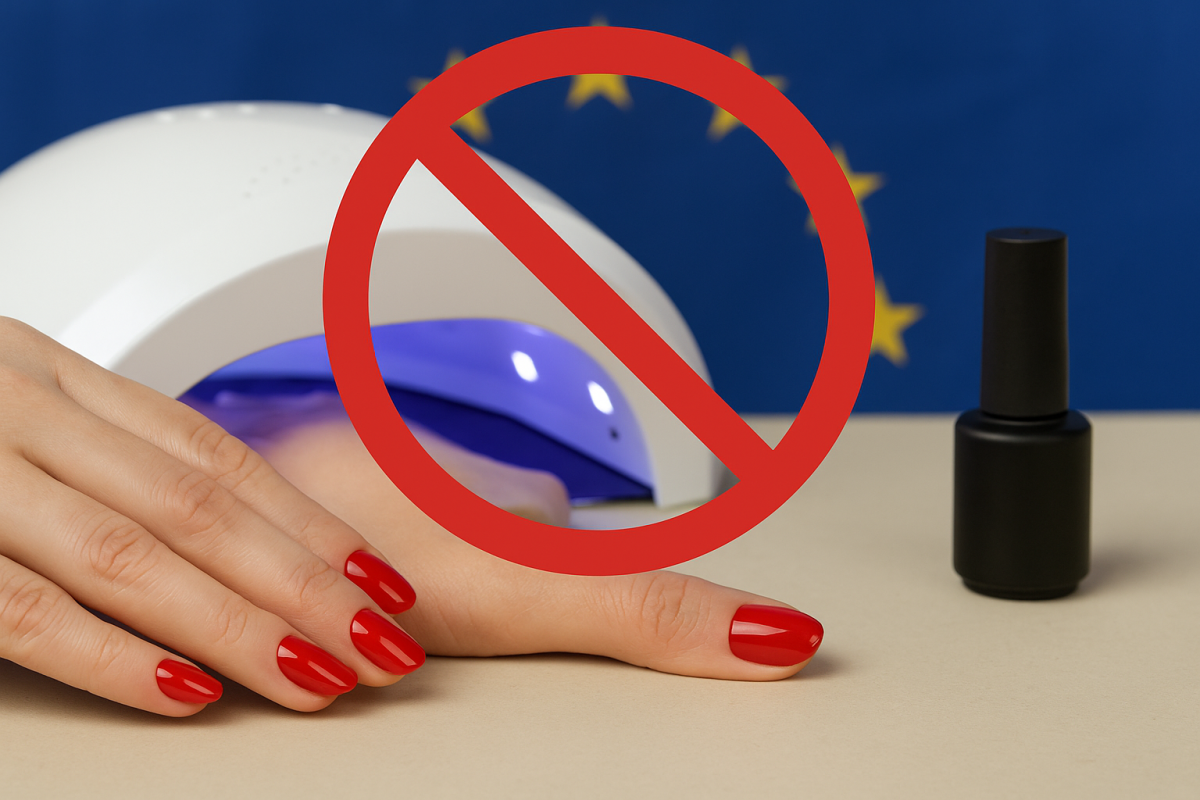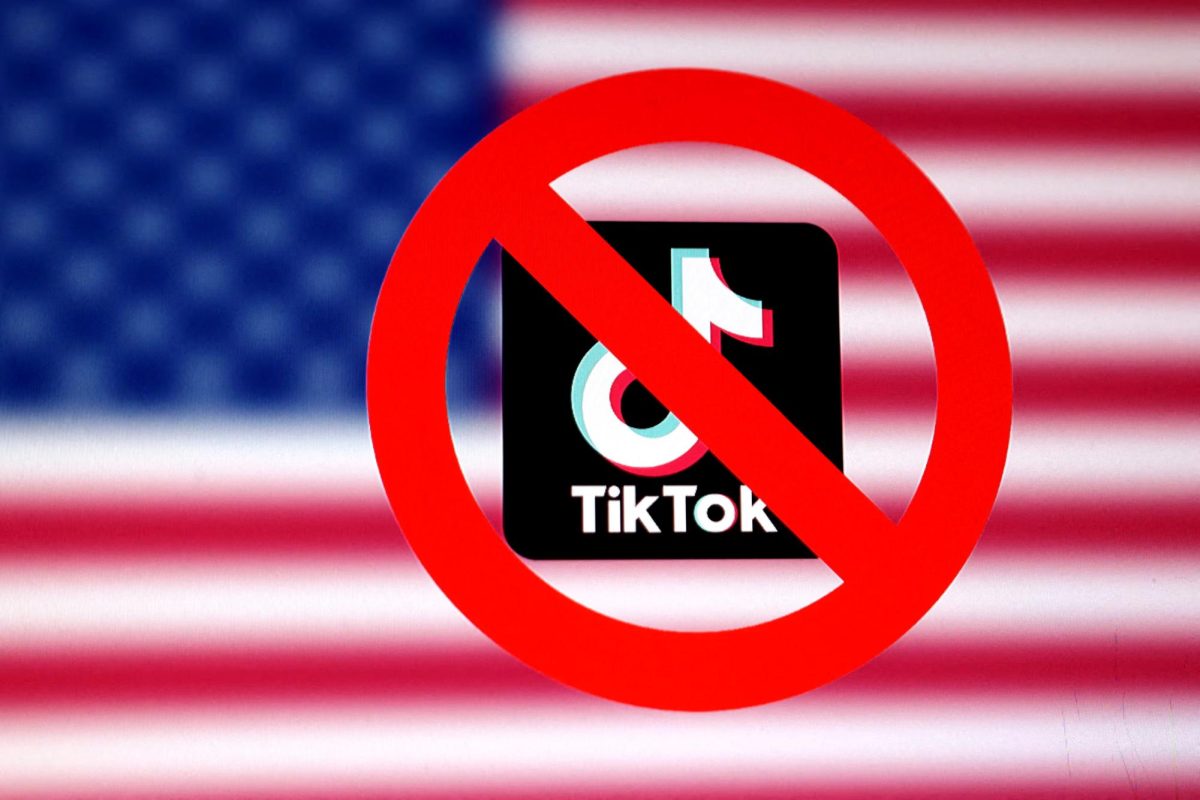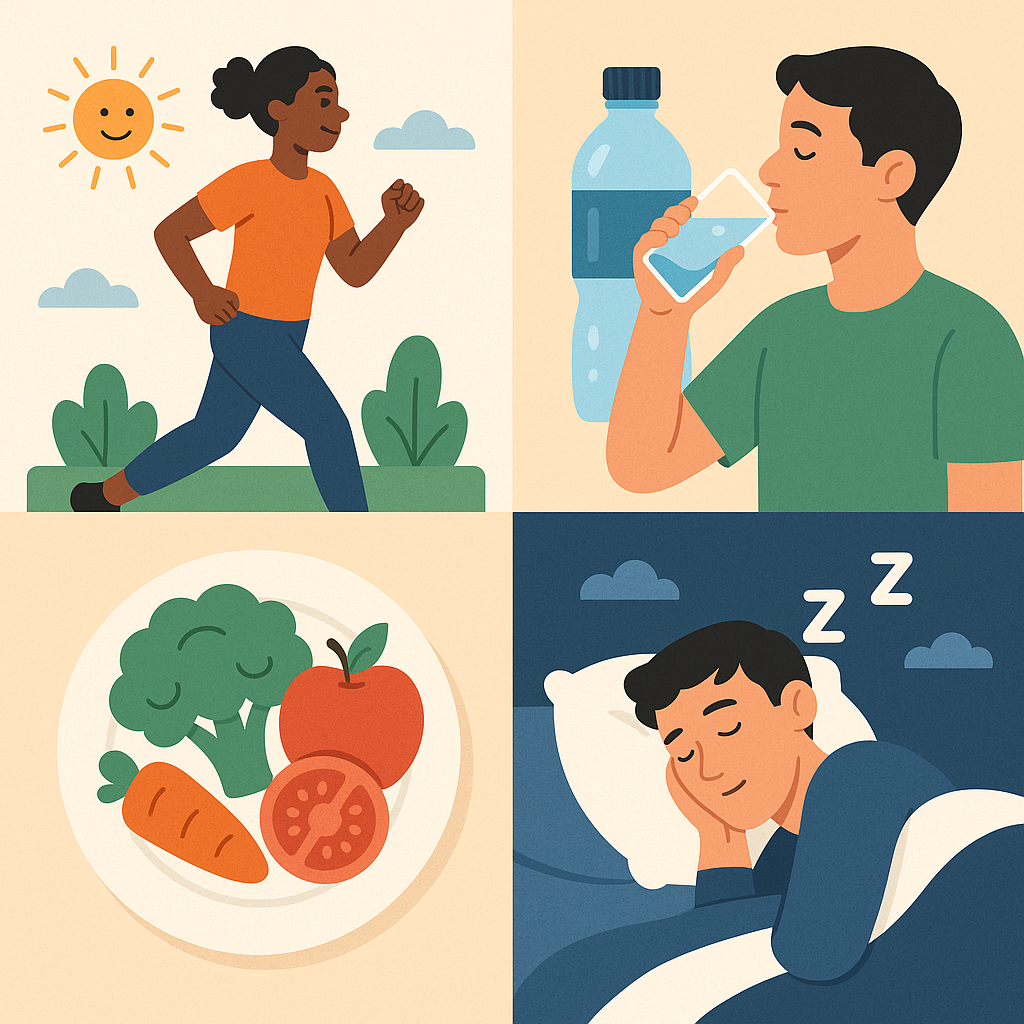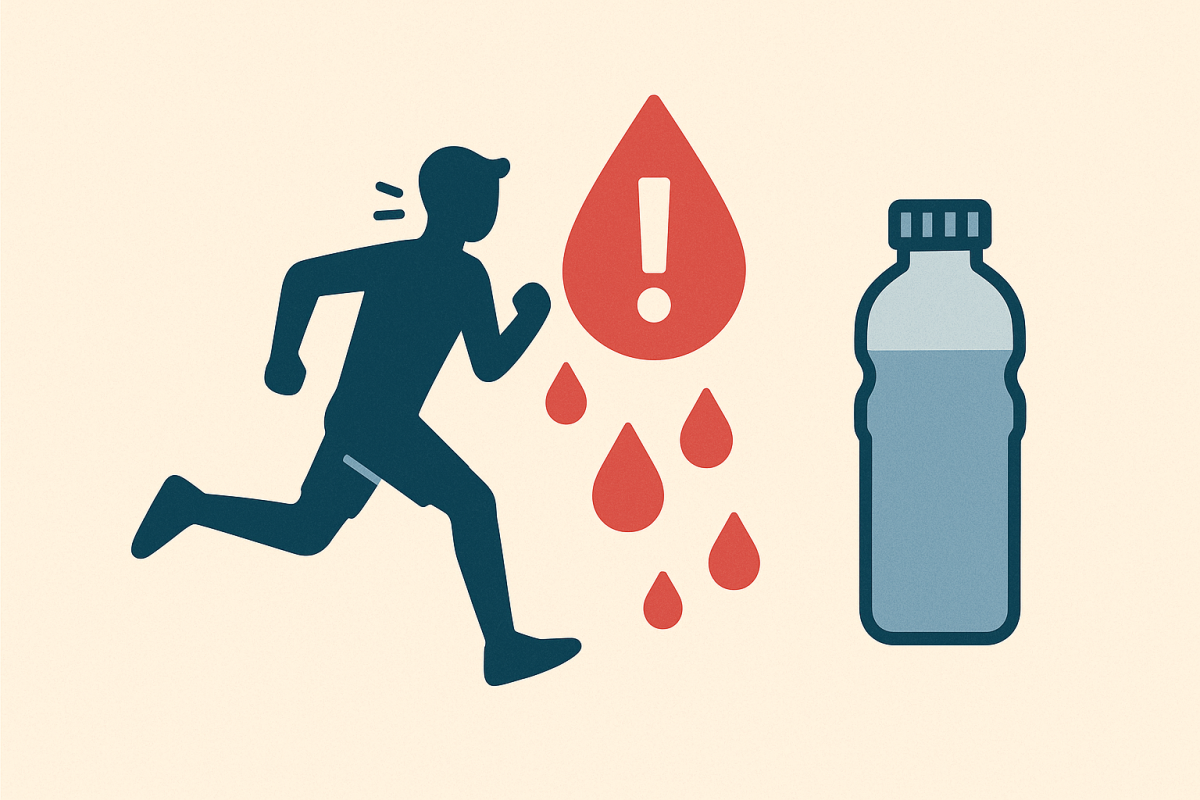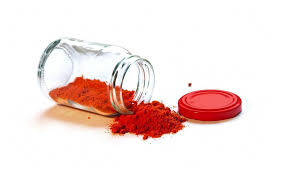Monosodium glutamate, Allura Red AC, maltodextrin, dextrose, sounds like chemistry class, but these are actually the ingredients in classic Doritos.
There are hundreds of chemicals in daily food that the average person has no idea of. The FDA is an administration created to keep Americans safe from these chemicals, but many of them are still approved even though they bring adverse health effects.
The FDA is supposed to protect Americans from unsafe ingredients; however, they have a track record of approving some questionable ingredients. Artificial sweeteners being one of them, according to the FDA, “These sweeteners are 200 to 20,000 times sweeter than sugar, depending on the product’s makeup.” Across the world, other countries have made it clear what additives should be approved or denied. This brings up the common question: Why are our regulations in the food industry so relaxed compared to other countries? According to the USDA’s database, there are over 36,000 foods that contain dyes linked to cancer.
When looking at a food label, most consumers are ignorant of how our food gets to the shelf. For example, common ingredients like artificial trans-fats are created by having hydrogen pumped into different unsaturated oils. Red 40 is another example, being created from petroleum, which is a mixture of hydrocarbons.
What do all these fancy names actually mean, though? These daily food items with crazy ingredients cause different negative side effects. According to the medical professionals at Healthline, “Red Dye 40 is one of the most widely used food dyes, as well as one of the most controversial. The dye is thought to be linked to allergies, migraine, and mental disorders in children.” About 4% of people with food allergies are also allergic to an artificial color like Red 40, which seems minor; but it is actually over 1 million people. Keelan ‘Keely’ Bahry ‘25 is a prime example of one who suffers from a Red 40 allergy.
“It makes it really difficult when navigating food at gatherings or parties. So many unnecessary things have Red 40 in them, even if they appear in a different color,” Bahry said.
The overuse of different additives is seen far too often, and it is only because companies are too lazy to use healthier ingredients; plus, these additives create fun vibrant colors for different products. The National Institutes of Health conducted a study involving groups of children ranging from five to six years old, in which they determined that “Children had positive reactions to bright colors.” This further emphasizes how companies are targeting people most vulnerable to unhealthy food ingredients, regardless of how they affect their health.
Companies are purposefully adding synthetic chemicals that were proven to bring different adverse health effects, all because it is FDA approved and cheap. Different additives and Red 40 are so unfavorable that they are being completely shut down in other countries. Norway, Finland, France, Austria, and the United Kingdom have all banned Red 40 due to the dangerous effects.
The FDA requires food manufacturers and companies to print food labels listing nutritional and ingredient lists on the package. However, the average American does not think twice about reading the ingredients list unless they have a health risk, like an allergy. Major corporations know this, and they are fine with listing all the synthetic additives, because they know that the average consumer will not care anyway.
Why do you think the average American dies earlier compared to citizens in other countries? According to the National Institutes of Health, “By 2016, life expectancy for U.S females was 3.3 years lower than the average in the 16 peer countries, and life expectancy for U.S. males was 3.7 years lower than the peer average.” If Americans were awake about how the foods they are eating were made, they most likely would not have tried them in the first place. Emma Hill ‘28 is one of the many people who admittedly skip the ingredients label when eating different foods.
“I only read them sometimes,” Hill said. “I’m surprised by all the different chemicals and elements that are in them.”
Vibrant additives and synthetic ingredients like Red 40 have been around for decades, and the more knowledge we gain on them, the more comes out about how negative they realistically are. Most Americans look past food labels, ignoring the fact that there are dangerous chemicals present in the food they consume, presumed as so detrimental that they are even banned in some countries. Manufacturers are going above and beyond to make harmful ingredients appealing to the uneducated eye, allowing for tremendous amounts of damaging additives like these to be consumed daily.
Sidebar (did you know a bunch of scary facts about what the fda approves)
Did you know? Peanut butter is allowed to contain an average of 1 or more rodent hairs per 100 grams before being considered a health hazard.
Did you know? In cans of mushrooms, there can be an average of over 20 or more maggots of any size per 100 grams before being a health risk
Did you know? Ammonia, the strong chemical that is found in many common household cleaning products has been classified as safe by the FDA. It’s used in a variety of low-grade beef products.
Did you know? Simple seasoning products like ground thyme are permitted to have an average of 925 insect fragments per 10 grams before being considered too unsanitary.
https://www.fda.gov/food/current-good-manufacturing-practices-cgmps-food-and-dietary-supplements/food-defect-levels-handbook
https://www.businessinsider.com/disturbing-food-facts-2018-3







